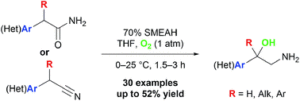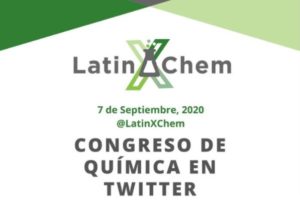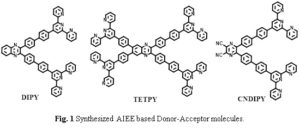We are very pleased to introduce Pavel Bobal, Jan Otevrel and David Svestka, the authors of the paper ‘One-pot method for the synthesis of 1-aryl-2-aminoalkanol derivatives from the corresponding amides or nitriles‘. Their article has been very well received and handpicked by our reviewers and handling editors as one of our HOT articles. The team told us more about the work that went into this article and what they hope to achieve in the future. You can find out more about the authors and their article below and find more HOT articles in our online collection.
Meet the Authors
Could you briefly explain the focus of your article to the non-specialist (in one or two sentences only) and why it is of current interest?
Our paper describes a new method for synthesis of vicinal amino alcohols from the respective amides or nitriles by a simple set of reaction conditions. Amino alcohols are compounds of high interest in many branches of chemistry.
How big an impact could your results potentially have?
It is always hard to predict feedback of the scientific article. However, from our perspective, we would be glad if the developed process will find place in syntheses of vicinal amino alcohols conducted at research laboratories and if the readers of RSC Advances will appreciate efforts which we have invested in this paper.
Could you explain the motivation behind this study?
Due to our continuous interest in the organocatalyzed aldol-type reactions, we have been exploring syntheses of numerous chiral auxiliaries for the catalyst design and screening. These long-term endeavor paved a way for our current unexpected discovery.
In your opinion, what are the key design considerations for your study?
The key consideration in this study is to use an old and well-known reagent in a new context to reveal the novel and yet unexplored reactivity.
Which part of the work towards this paper proved to be most challenging?
The methodological articles in organic synthesis usually share the common structure such as the optimization section, determination of the substrate scope, and a relevant synthetic application of the method. Thus from the initial interesting observation, it is often quite a long journey towards the good scientific paper. Honestly, one of the most challenging parts of the above article was to establish a plausible mechanism of the reaction and to support it with enough evidence.
What aspect of your work are you most excited about at the moment?
One of the most exciting moments of this discovery was to figure out that benzylic oxidation can occur even under reduction conditions, which is somewhat counter-intuitive. Indeed, sodium bis(methoxyethoxy)aluminum hydride gave us a great lecture that more than 50 years old and almost comprehensively explored reagent is still able to surprise.
What is the next step? What work is planned?
We will continue with our work in organic synthesis and medicinal chemistry and we will look forward to the new and especially the unexpected chemical discoveries.
One-pot method for the synthesis of 1-aryl-2-aminoalkanol derivatives from the corresponding amides or nitriles
Jan Otevrel, David Svestka and Pavel Bobal
RSC Adv., 2020,10, 25029-25045
DOI: 10.1039/D0RA04359A, Paper
 Submit to RSC Advances today! Check out our author guidelines for information on our article types or find out more about the advantages of publishing in a Royal Society of Chemistry journal.
Submit to RSC Advances today! Check out our author guidelines for information on our article types or find out more about the advantages of publishing in a Royal Society of Chemistry journal.
Keep up to date with our latest HOT articles, Reviews, Collections & more by following us on Twitter. You can also keep informed by signing up to our E-Alerts.



















